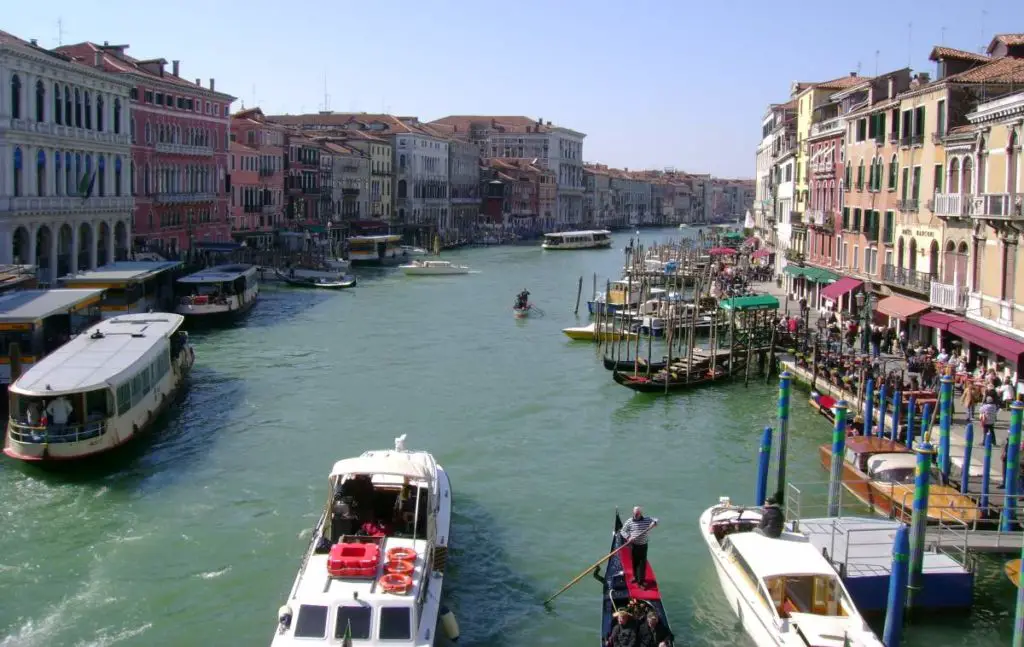The benefits of travel are well-documented; researchers have determined that traveling abroad positively impacts our health and well-being. Travel is a stress reliever, enhances your creativity, and boosts happiness. Further, traveling abroad gives you the opportunity to experience different cultures and exposes you to other languages.
Traveling does have its downsides, however, especially where the natural environment is concerned. A large influx of tourists in any given location puts a strain on natural resources and leads to a significant increase in noise and air pollution. Waste production is also a huge problem within the tourism industry, with Caribbean cruise ships alone producing more than 70,000 tons of waste on an annual basis.
Despite the negative environmental consequences of international travel, however, there are several ways to mitigate some of the damage. Travelers can be more mindful of their waste consumption, for starters. You can switch to compostable or reusable food and drink containers that won’t end up in a landfill. Savvy travelers who are concerned about their environmental impact can also utilize sustainable transportation options as often as possible, to reduce air pollution from carbon emissions.

Transportation and Carbon Emissions
Air travel is one of the biggest culprits when it comes to carbon emissions. The Independent reports that the global tourism industry is responsible for about 8% of greenhouse gas emissions worldwide. The most culpable countries include Germany, China, and the U.S., and researchers claim that pollution from air travel will increase in severity into the foreseeable future.
That’s because the tourism industry is growing at a rate of 5% annually, and luxury travel is increasing in popularity. According to researchers, for every two passengers on a round-trip international flight, 7.6 tons of carbon dioxide are released into the atmosphere. Multiply that by the number of annual international travelers, and you can see just how detrimental air travel is to the environment.
But airplane fuel consumption and emissions aren’t the only forms of transportation that negatively impact our environment. Engine idling also contributes to air pollution, and in major tourism destinations, idling taxi cabs and tour buses are a common sight. Air pollution is dangerous to both the environment and overall human health, and can even be fatal. According to Verizon Connect, “recent research has found that air pollution is responsible for 4.2 million deaths each year”.
Popular Destinations Among International Travelers
U.S. citizens rank among the world’s most frequent international travelers, and European countries are some of the top destinations. Data indicates that 12 million Americans traveled to Europe in 2016 alone, with Italy, France, and Germany standing out as the most popular locations for American tourists.
The reasons behind Europe’s popularity as a tourist destination are multifaceted. In the majority of European countries, English is widely spoken, making it easier for tourists to effectively communicate. What’s more, 26 European countries allow for the free movement of people and goods across international borders, as part of the 1985’s Schengen Agreement. Many European countries are connected by high-speed rail lines, which are both efficient and environmentally sound.

Tourists who fall in love with a particular destination may toy with the idea of relocating to that city or country. In fact, one in three Americans have considered moving abroad at some point in their lives, and several international destinations stand out as the most popular for relocation. Job seekers frequently choose to relocate to Western Europe, where there is an abundance of tech jobs and sprawling metropolitan areas. Asia is also a frequent destination for American ex-pats, as the U.S. dollar goes much further in countries such as Nepal, Thailand, and Vietnam. Like Europe, much of Asia is also connected by train, making ground travel fast and inexpensive.
Ways to Reduce Environmental Harm While Traveling
While there isn’t an easy solution for reducing the carbon footprint of international travelers that results from the flight, there are steps you can take to be a more environmentally conscious tourist. When choosing your lodging, you can elect to stay in a hotel or resort that’s committed to sustainable practices, or that is powered by alternative energy such as solar panels. Travelers can also reduce their waste consumption by only ordering food that will be immediately consumed, and remembering to pack reusable food containers.
Where transportation is concerned, consider eschewing tour buses that produce high emissions for more sustainable options such as trains or public buses. Many countries also offer fun, destination-specific forms of travel that don’t pollute the air, such as rickshaws and bicycle share programs. In the future, self-driving cars may also become a viable option for reducing energy consumption and air pollution.
As climate change continues to threaten the health of our planet and its people, the unfortunate reality is that many gorgeous international locations are disappearing. Venice, Italy, for example, is sinking at a rapid pace, and rising sea levels are compounding the problem. Unless city officials can find a solution that reduces flooding and diverts water away from populated areas, Venice is expected to disappear within 70 years.
Thanks to digital communications and innovations in transportation, our world is more connected than ever. International travel is integral to a wider acceptance of different cultures and customs and is often a life-changing experience. But travelers should be aware of how their actions and choices can harm the environment, and do their part to reduce their environmental impact before it’s too late.
- Miracle Drug or Snake Oil? How Consumers Can Tell the Difference - August 15, 2022
- Why Renewable Energy is a Geopolitical Issue - March 16, 2022
- Sustainable Trends in Manufacturing and Construction - January 28, 2022
